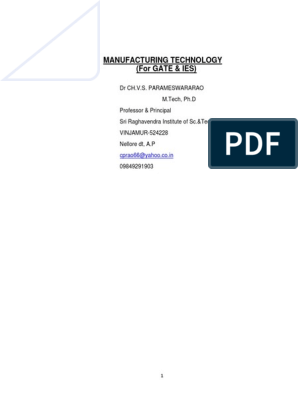0% found this document useful (0 votes)
331 views7 pagesElectricity
Charge is a fundamental property of matter that allows it to experience electromagnetic force. Electric current is the flow of electric charge through a conductor. Ohm's Law defines the relationship between current, voltage, and resistance in a circuit. Resistance depends on the material and dimensions of a conductor. Materials can be classified as conductors, semiconductors, or insulators based on their resistivity. Heat is generated by the flow of current through the resistance of a conductor according to Joule's Law of Heating.
Uploaded by
Walia FatimaCopyright
© © All Rights Reserved
We take content rights seriously. If you suspect this is your content, claim it here.
Available Formats
Download as PDF, TXT or read online on Scribd
0% found this document useful (0 votes)
331 views7 pagesElectricity
Charge is a fundamental property of matter that allows it to experience electromagnetic force. Electric current is the flow of electric charge through a conductor. Ohm's Law defines the relationship between current, voltage, and resistance in a circuit. Resistance depends on the material and dimensions of a conductor. Materials can be classified as conductors, semiconductors, or insulators based on their resistivity. Heat is generated by the flow of current through the resistance of a conductor according to Joule's Law of Heating.
Uploaded by
Walia FatimaCopyright
© © All Rights Reserved
We take content rights seriously. If you suspect this is your content, claim it here.
Available Formats
Download as PDF, TXT or read online on Scribd
/ 7





























































































